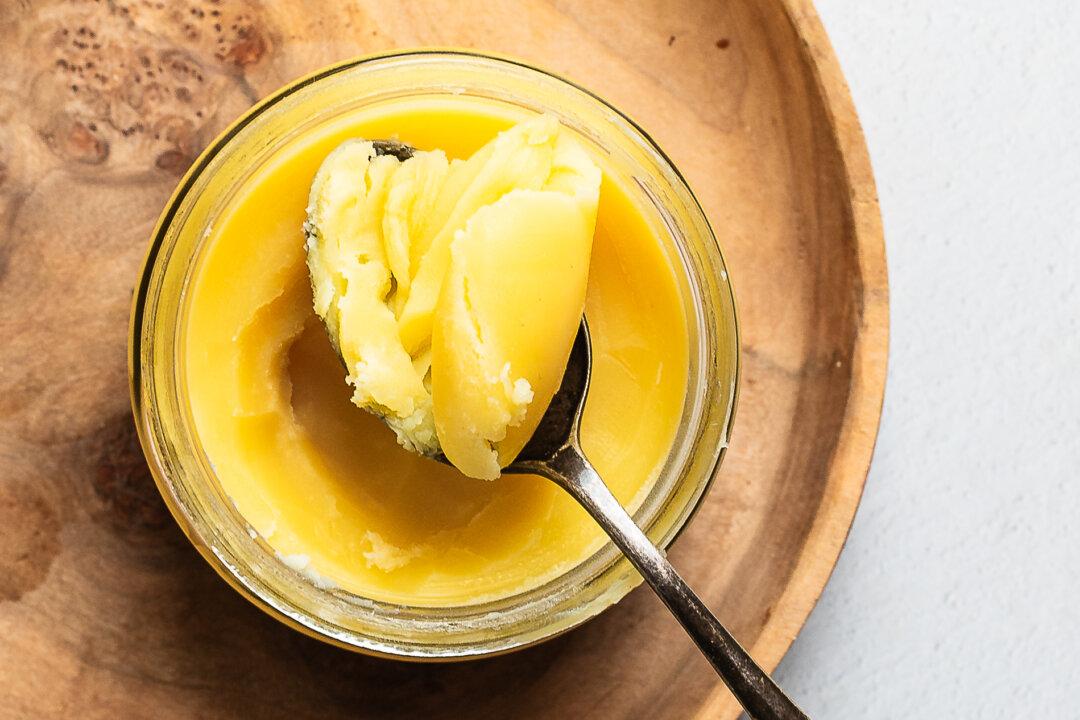The next time you head to the grocery store, you might find jars of ghee tucked in among the other culinary oils on the shop’s shelves. With its deep-rooted history and rich flavor, ghee is often a top choice for those shifting from industrial foods, including highly processed seed oils, to a less refined and more natural diet.
What Is Ghee?
Ghee is a type of clarified butter that originates from India and is a staple in South Asian cuisine. Its distinct nutty flavor works well in dishes such as rice, long-simmered curries, and sautéed vegetables, or drizzled over flatbreads like roti or naan.All ghee starts with butter. Most cooking oils, such as coconut or olive oil, are pure fat. Butter is different. It’s a natural emulsion that contains fat, water, and milk solids. The water and milk solids found in butter lower its smoke point and shorten its shelf life.





